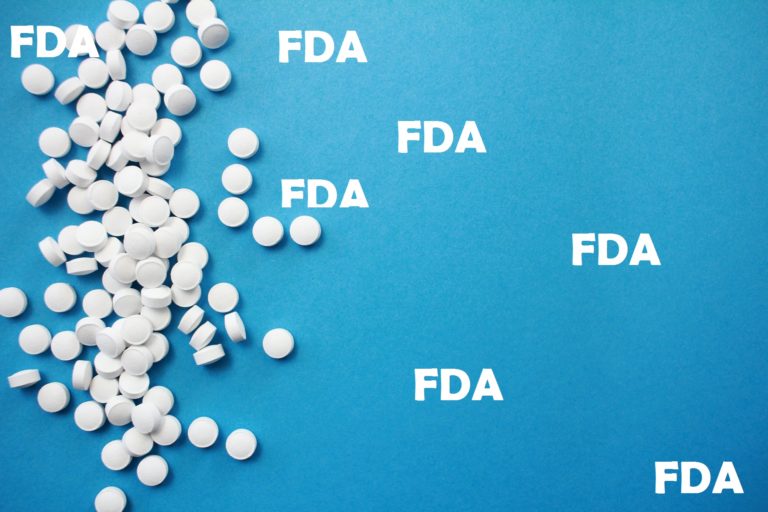June 3, 2020: “Sanofi announces the launch of “Action 2020” on June 8, 2020, a worldwide stock purchase plan reserved for its employees, which should take place in almost 75 countries.
Sanofi’s strategy aims at providing long-term growth and value for its stakeholders while turning innovation into transformative medicines for patients.
By doing such a capital increase, Sanofi intends to better associate its employees who are key contributors in this value creation, to the future development and results of the company.
On February 5, 2020 the Board of Directors authorized an issuance of ordinary shares of Sanofi for the benefit of employees participating in the Group Savings Plan.
The subscription price is €70.67. It is equal to 80 % of the average of the opening price of the Sanofi share on Euronext Paris over the 20 stock exchange trading sessions preceding June 2, 2020.
Any subscription per five shares as part of such issuance shall entitle the employee to one matching share. Subscriptions equal to or higher than 20 shares shall give a right to 4 matching shares as an employer contribution.
Employees may choose to subscribe a maximum of 1,500 shares within the limit of a maximum subscription amount which does not exceed 25% of their gross annual remuneration.
An eligibility condition of three months of seniority as at the closing date of the subscription period will be applied.
The subscription period will run from June 8, 2020 (inclusive) until June 26, 2020 (inclusive).
The issuance of new shares and the share delivery process should occur at the end of July 2020.
The total number of Sanofi shares that may be issued under the plan is limited to 6,269,231 shares (corresponding to a share capital increase in terms of par value of up to €12,538,461, representing 0.5 % of the share capital).
The newly issued shares, including the matching shares (the “Shares”) will be subscribed (or delivered) either directly or through employee shareholding funds (“FCPE”), depending on the legal and/or tax regulations applicable in the various countries of residence of the beneficiaries of the capital increase.
The Shares will be fully fungible with the existing ordinary shares of Sanofi and will be entitled to dividends distributed on benefits relating to the fiscal year starting as of January 1, 2020.
The voting rights attached to the Shares subscribed will be directly exercised by the employees.
The subscribers to the plan will be required to hold the Shares or the corresponding “FCPE” units during a period of approximately five years, i.e. until May 31, 2025, except upon the occurrence of an early exit event provided in Article R. 3324-22 of the French Labor Code and authorized in the country of the subscriber.
The listing of the Shares on the Euronext Paris market (ISIN Code: FR0000120578) on the same listing line as the existing shares will be requested as soon as possible after the completion of the capital increase.
This press release does not constitute an offer to sell or a solicitation to purchase Sanofi shares.
The offering of Sanofi shares reserved for employees will be conducted only in countries where such an offering has been registered or notified to the competent local authorities and/or following approval of a prospectus by the competent local authorities or in consideration of an exemption to prepare a prospectus or to make any registration or notification of the offering when such a procedure is required.
More generally, the offering will only be conducted in countries where all required filing procedures and/or notifications have been completed and the authorizations have been obtained, and procedures for consultation or information of staff representatives have been fulfilled.
This press release is not intended for, and copies thereof should not be sent to, countries in which such a prospectus has been approved or such an exemption is not available or where all of the required filing procedures, notifications, consultation and/or information required have been completed or where the authorizations have been obtained.
This applies in particular to Cameroon and Morocco, where the formalities are still pending with the authorities, but could also involve other countries.
For any questions related to the following share capital increase, each beneficiary may consult the information booklet and all other documents made available and/or contact his/her human resources manager.”
http://www.globenewswire.com/news-release/2020/06/03/2043122/0/en/Sanofi-to-launch-Action-2020-a-worldwide-employee-stock-purchase-plan.html?print=1









